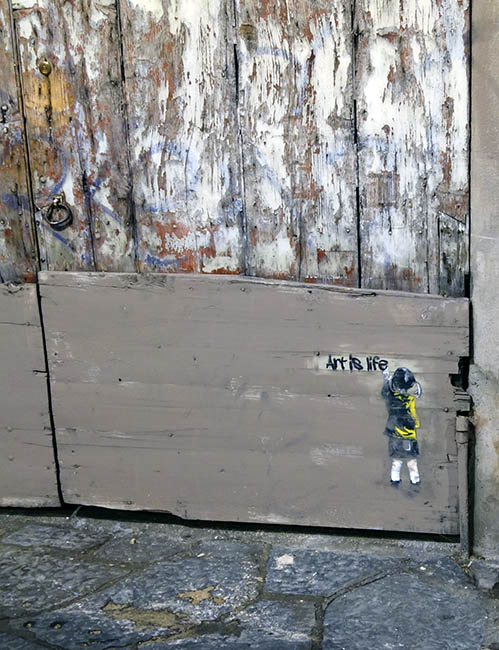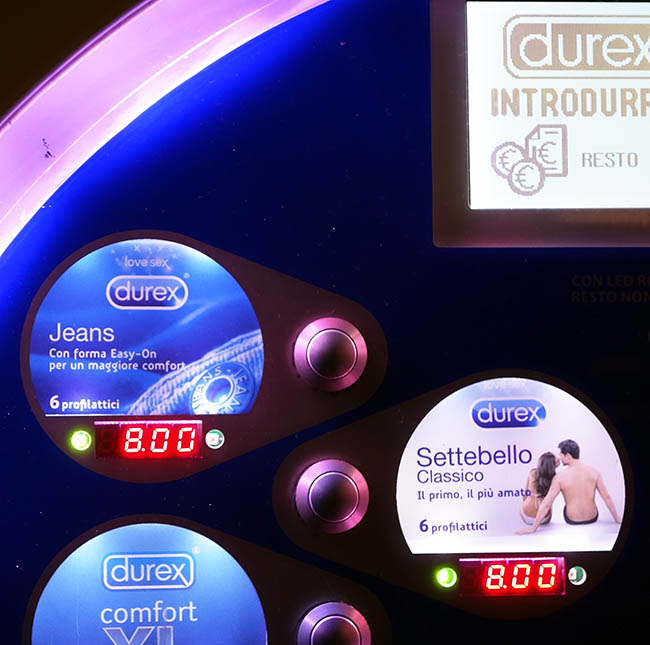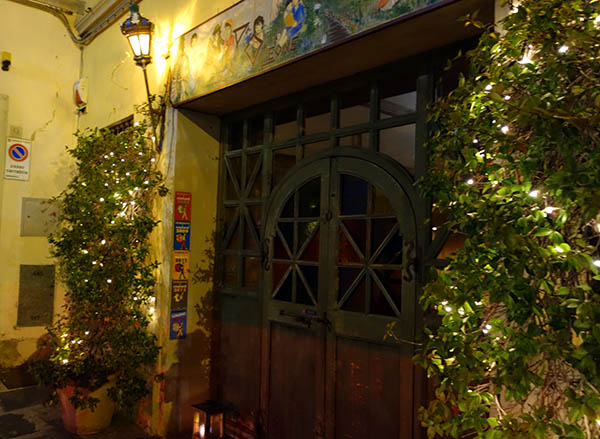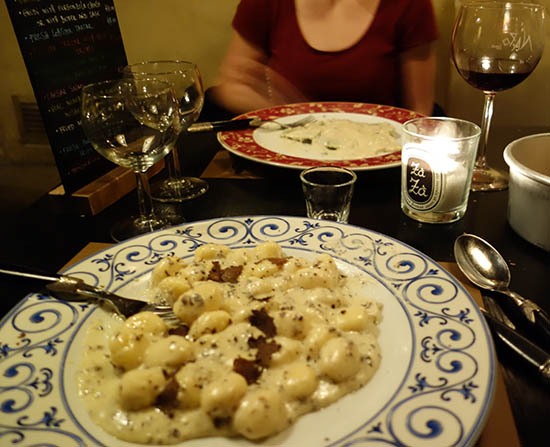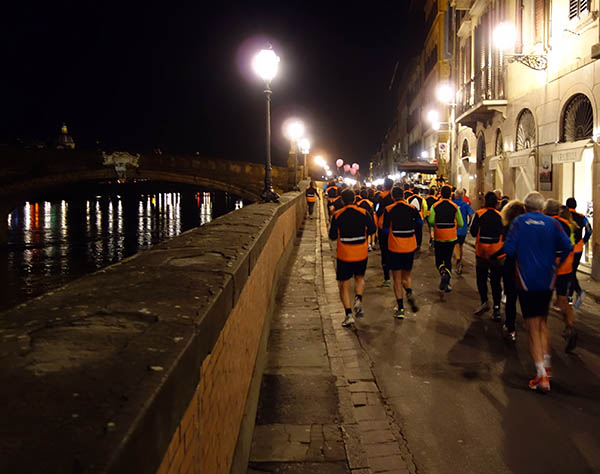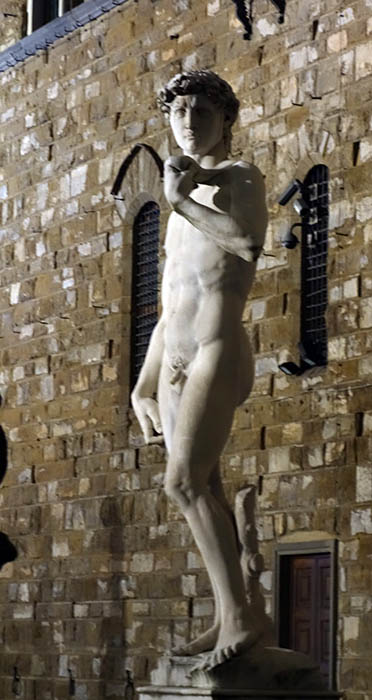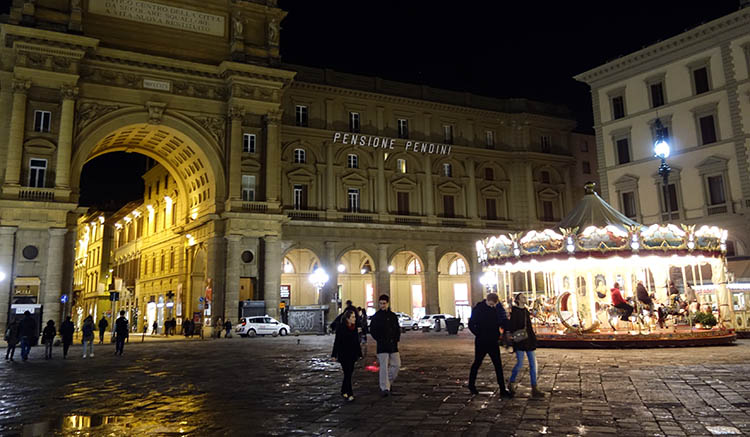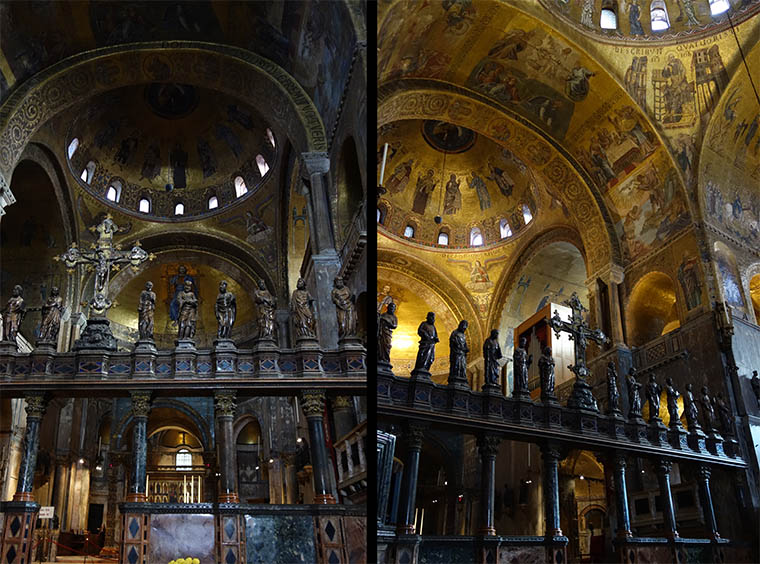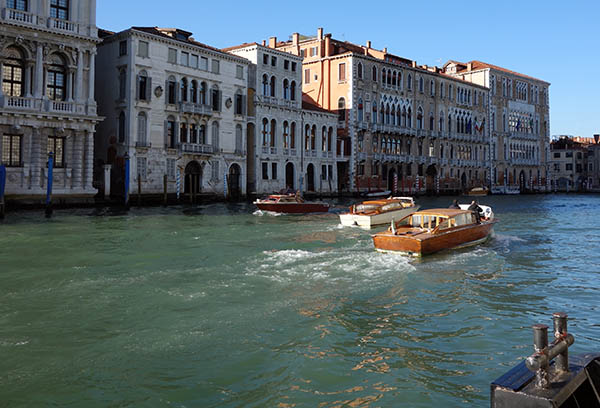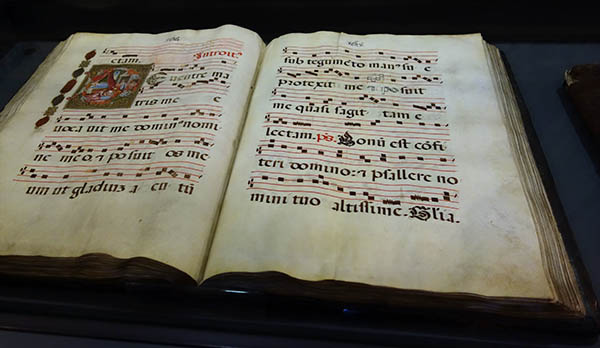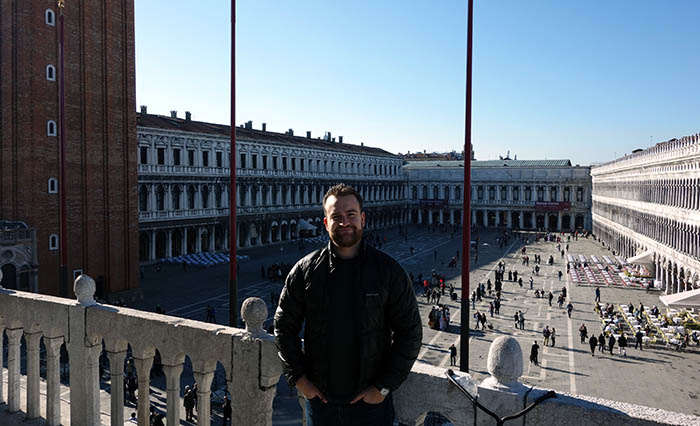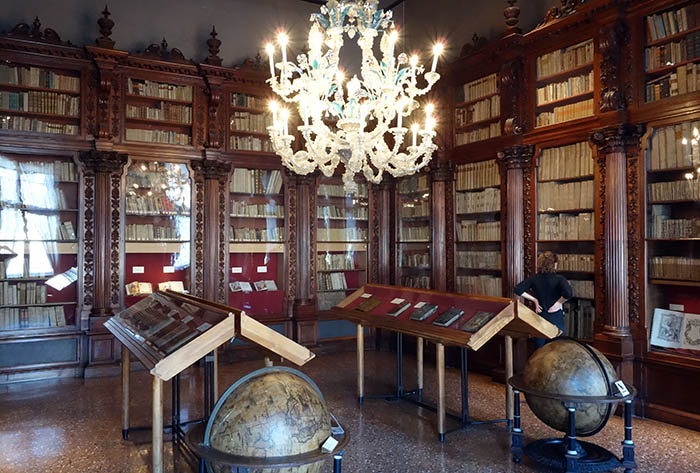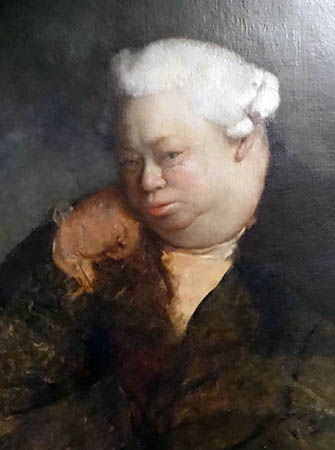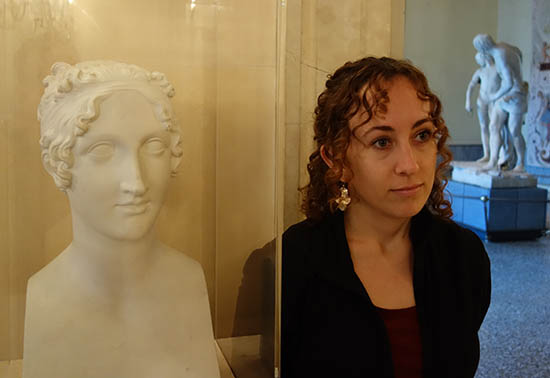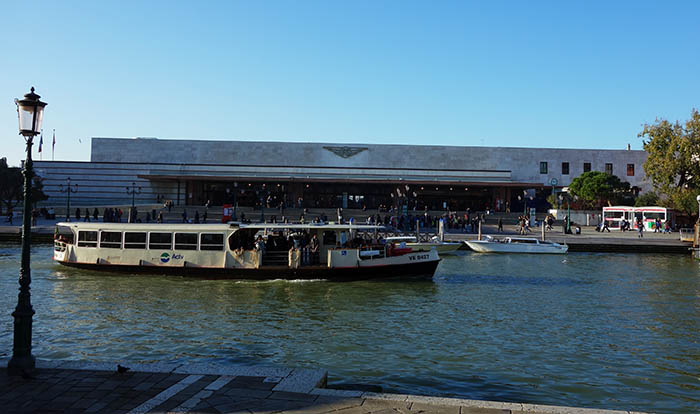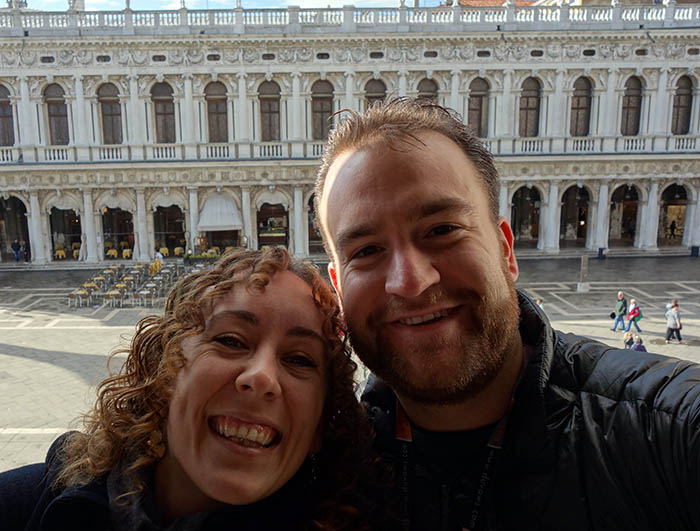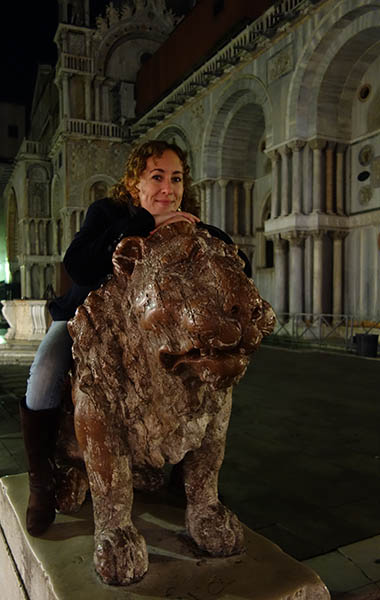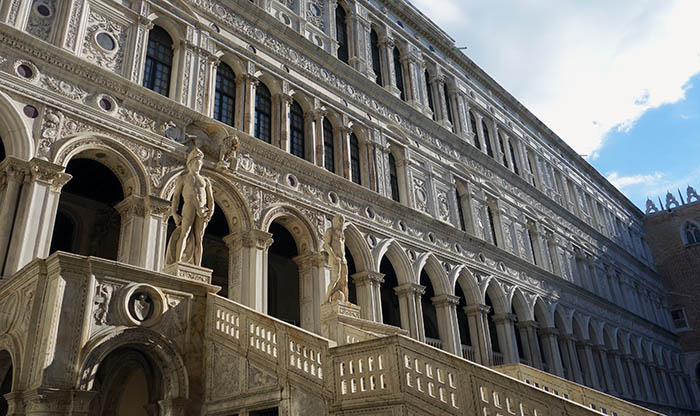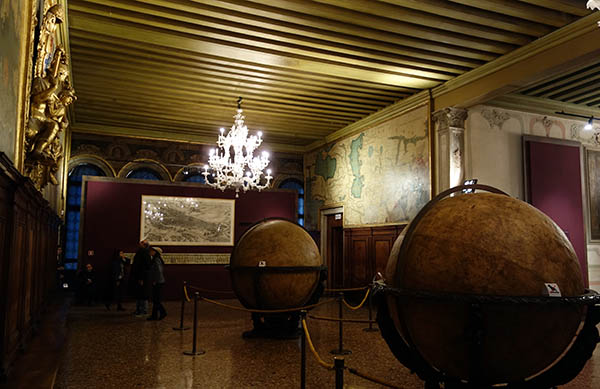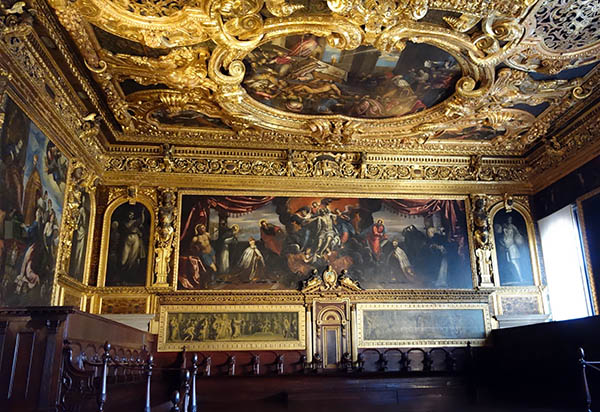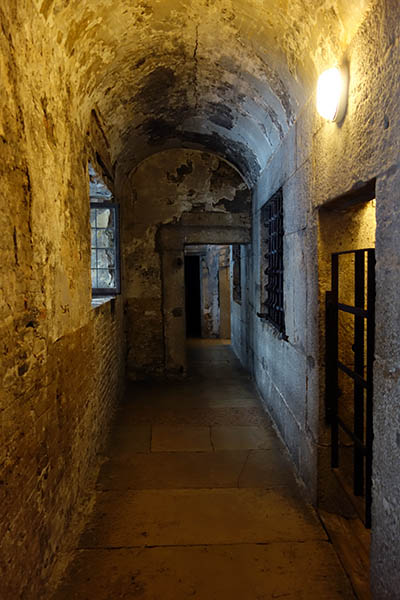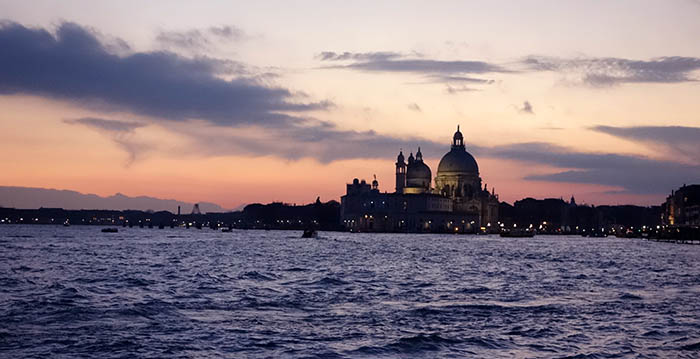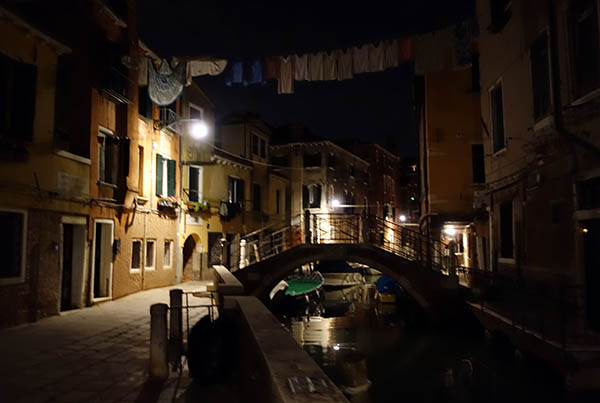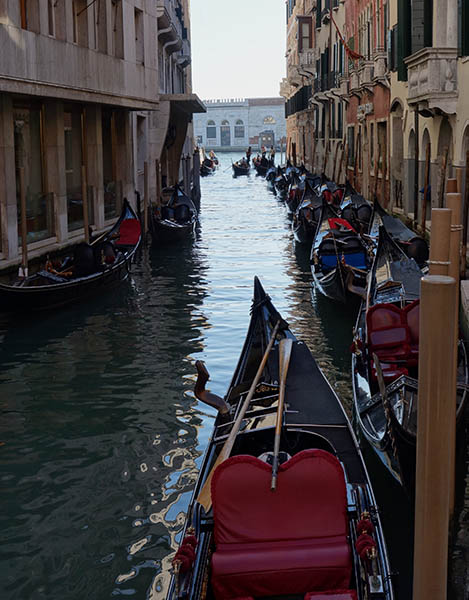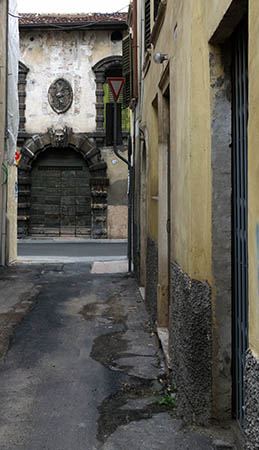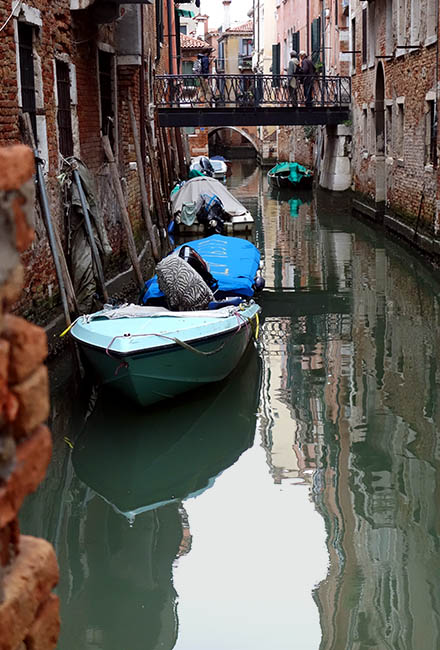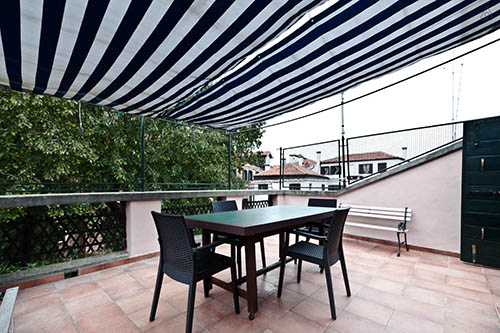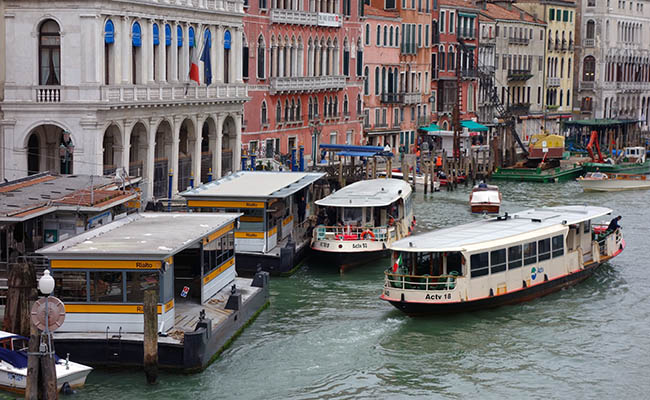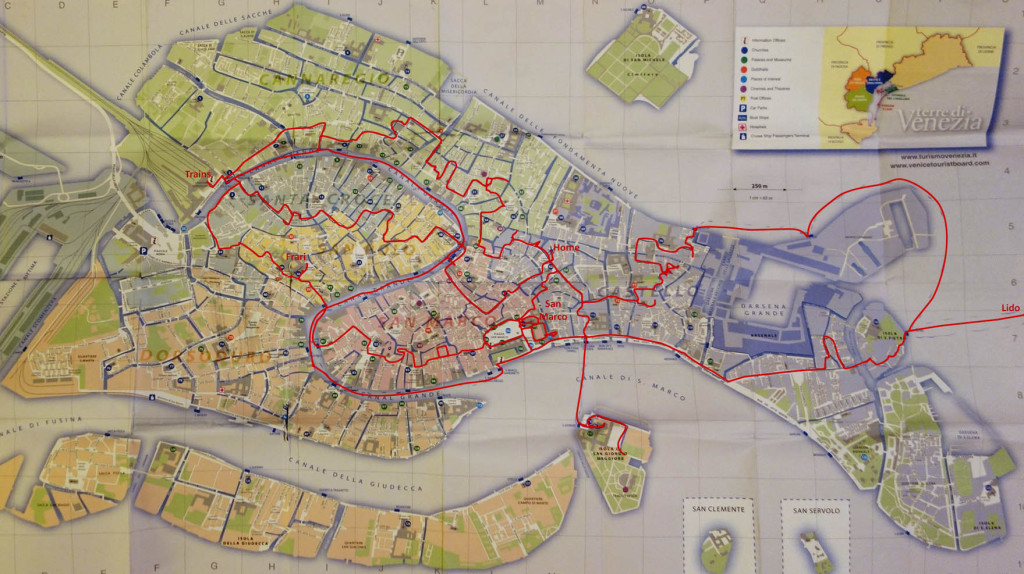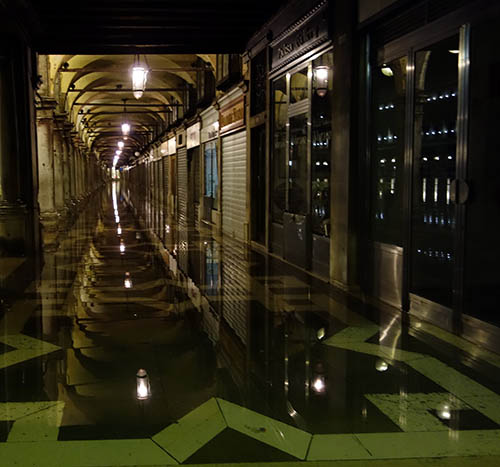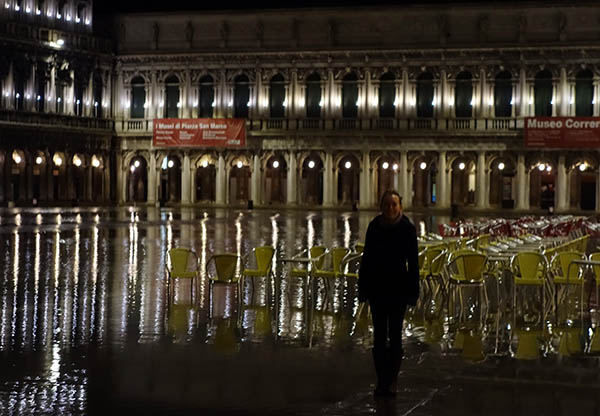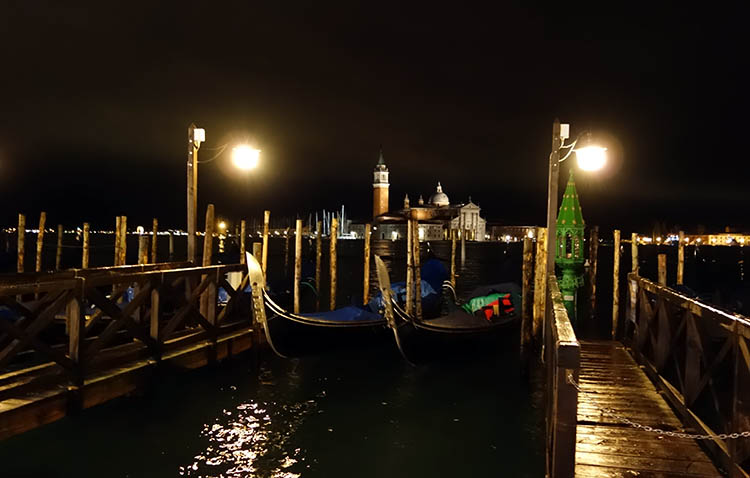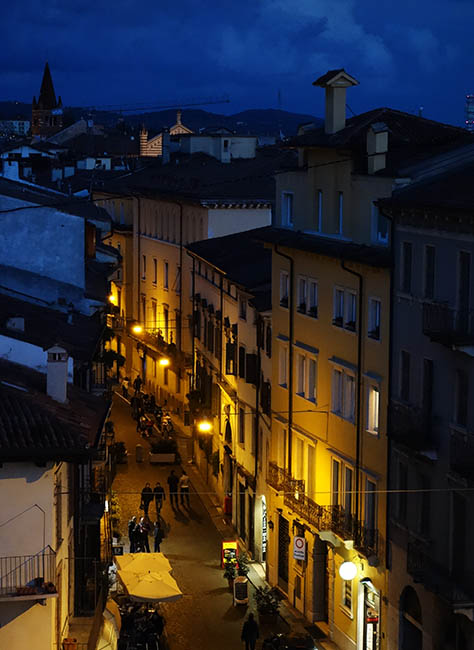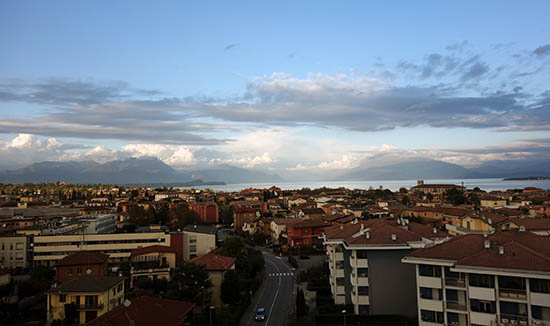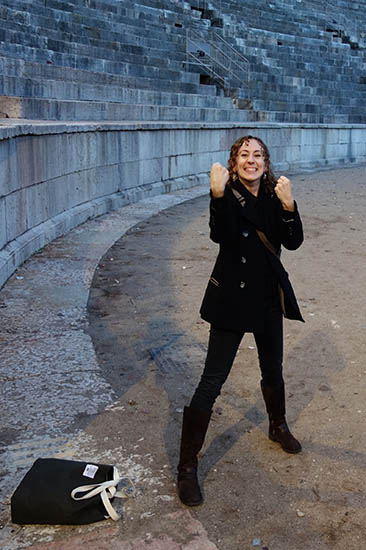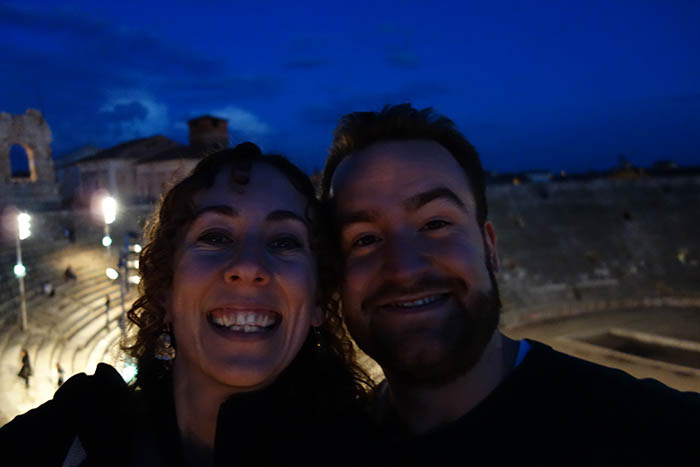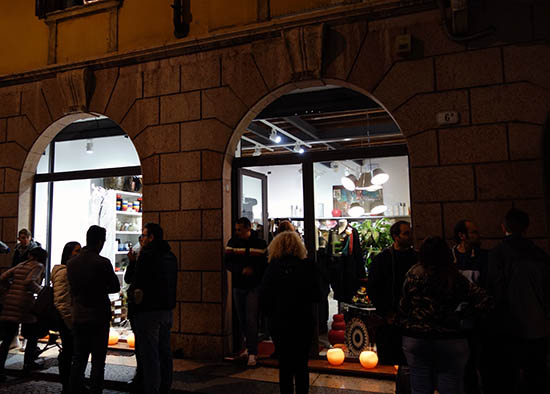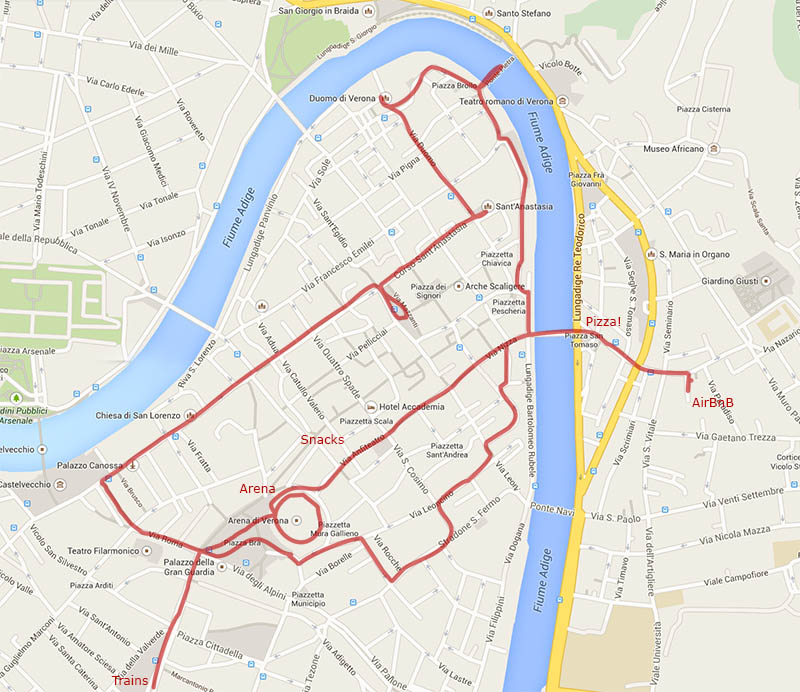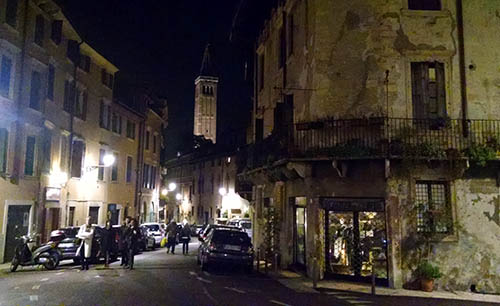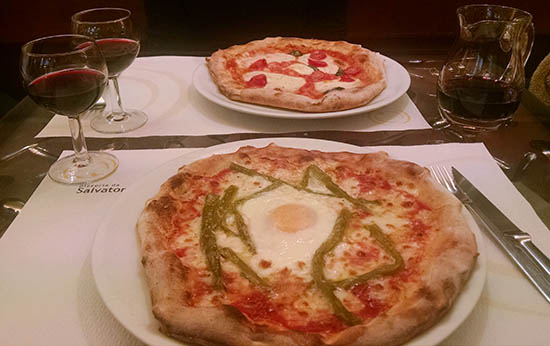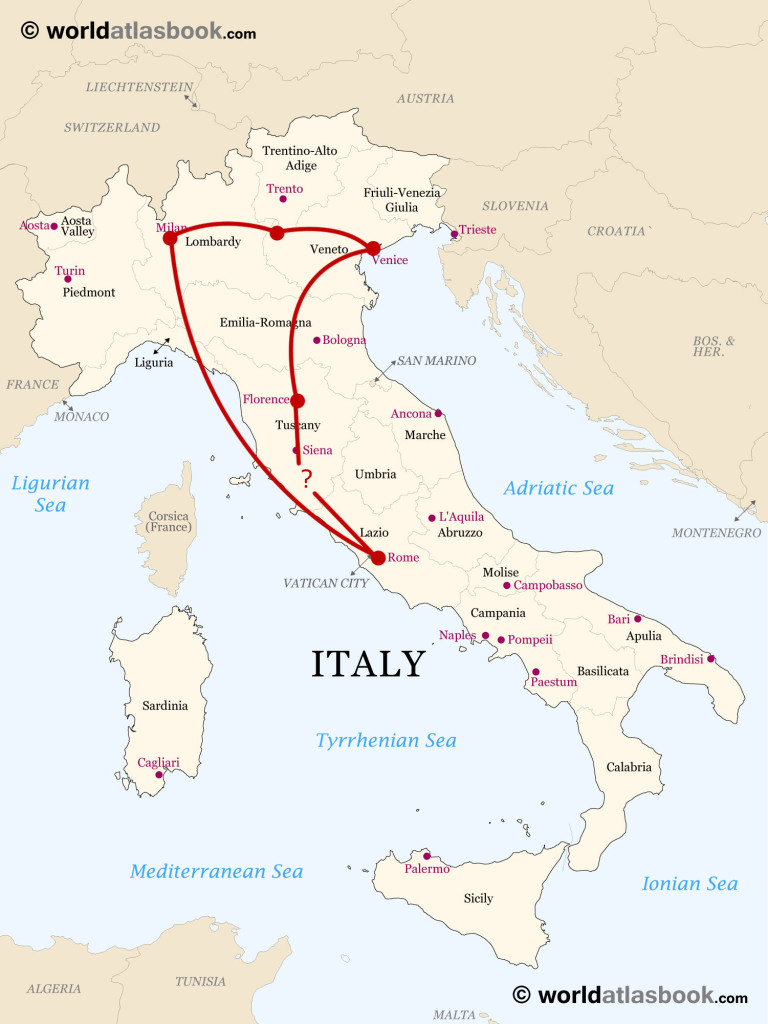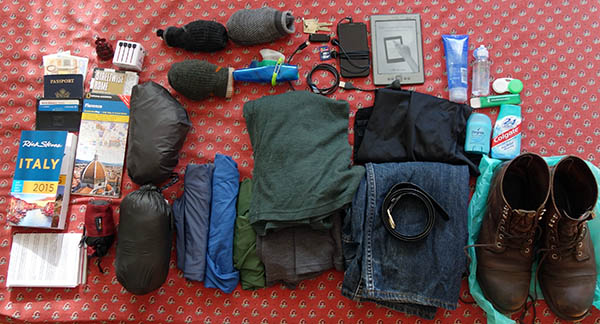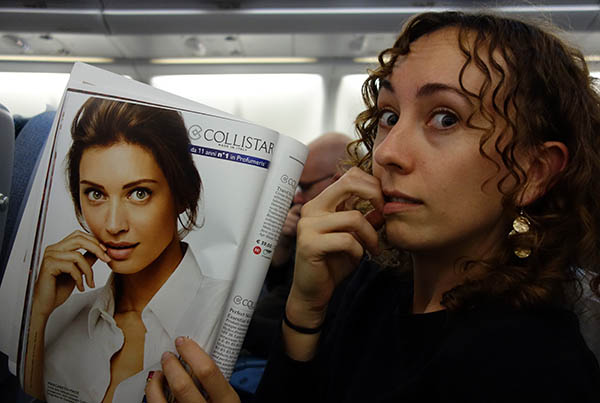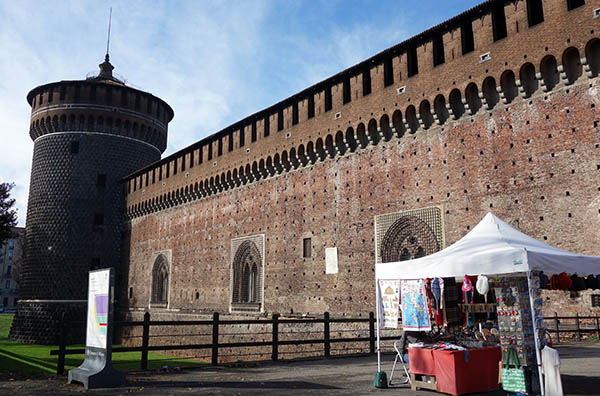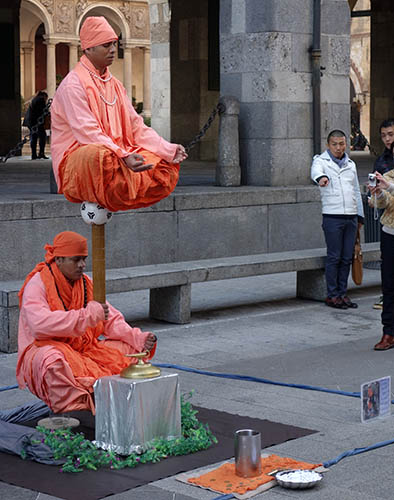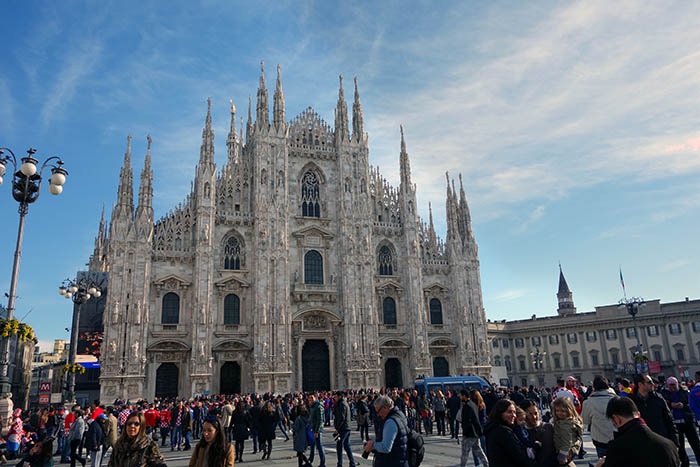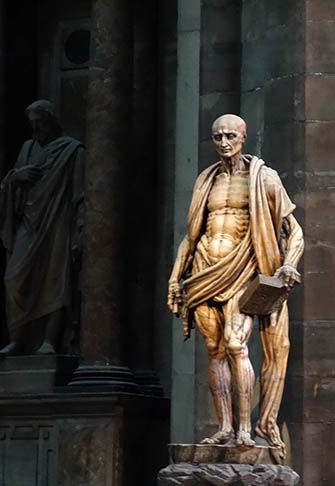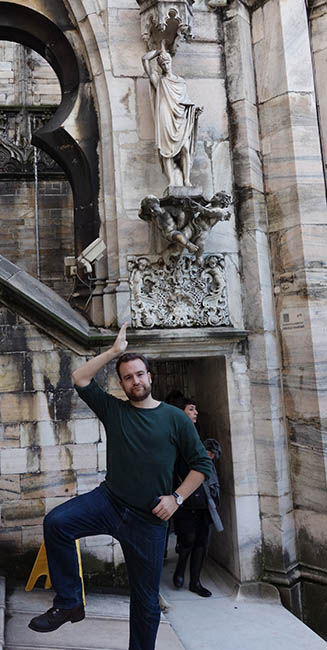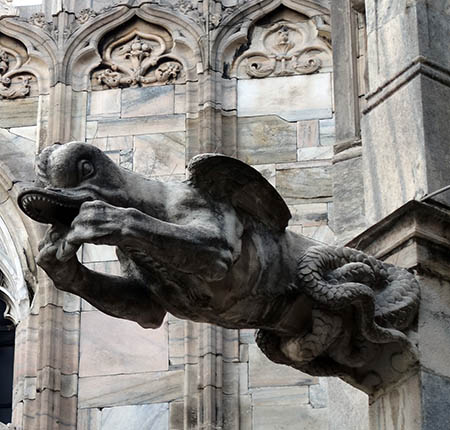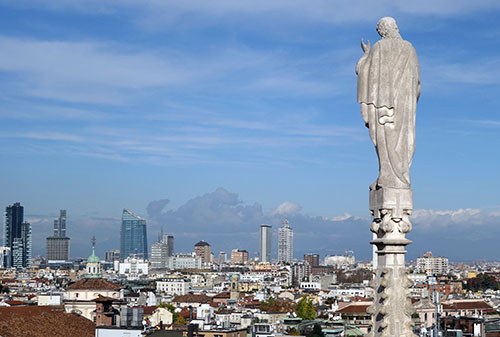Florence was something both Alex and I anticipated visiting. After all, it’s one of the major art capitals of the world, the home of the Italian Renaissance, and probably the second city of Italy (at least in terms of international renown). It’s also situated in the heart of Tuscany, a region renowned for its beautiful landscape, wine and food.
We arrived in Florence in the evening, after a train trip from Venice. It was dark out, and we passed by large churches and street vendors as we hurried to our AirBnB. The central ‘old’ city forms a rough square, with the train station in the upper left corner, and the Pitti Palace in the lower right. The main sights and museums are in the center, and our AirBnB in the lower left. the bottom third of the square is separated by the River Arno, which also forms the most famous tourist photo-op: the Ponte Vecchio.
Arriving in Florence was a huge shock compared to Venice, for Florence has cars and Venice has none. We were exposed to true Italian traffic: loud mopeds and motorcycles, aggressive drivers. I live in New Jersey, right next to New York City; I’ve traveled extensively around the US – hardly a laid-back country. But nothing here compares to Italian traffic. We hurried across the river and along the bank to arrive at our AirBnB, where we were shown to our room. It was comfortable and commodious, but there was a problem: we were located along a major thoroughfare – not one for pedestrians, but one that was used by mopeds all night. We could hear traffic, and I wasn’t able to sleep well for the duration of the stay. But, that’s always a risk when you travel.
Florence has a reputation among those who have visited it as an impersonal city, with relatively dull architecture, and I found all this to be true. It’s as if the artistic treasures are hidden inside dirty gray wrappers. All this combined to give me a feeling of melancholy and homesickness as we arrived.
After our check-in, we headed out to grab dinner. As usual, we were ahead of schedule, heading to dinner at 7:00 when many restaurants hadn’t even opened. Following our AirBnB host’s directions, we headed towards a recommended square, where we found a restaurant that looked good. As if to emphasize the difference from Venice, many of the squares here, on the southern side of the Arno, were filled with cars – more parking lots than anything else.
Luckily, our restaurant, Trattoria Napoleone, which was comparatively upscale, had a surprise for us: an entire menu devoted to truffles. I ordered truffle gnocchi and Alex had truffle ravioli, all with a side of red wine. My gnocchi arrived with huge truffle flakes on top. Of course, it was delicious.
Suitably refreshed, we headed out to reconnoiter the town. Our first destination was the Ponte Vecchio, which would lead us to the Palazzo Vecchio and other major sights. The Ponte Vecchio is rather interesting: originally a bridge crowded with merchant booths, it connected the dense old city with the more open spaces to the south. During the Renaissance, the Medicis, who left their prints across Florence, hired a now-famous architect, Georgio Vasari, to connect the old town with the new. Their was one unusual requirement: the connection had to protect the Medici rulers from assassins and observaton. Hence, the Vasari Corridor: an elevated walkway that led from the Palazzo Vecchio, above the merchant shops of the Ponte Vecchio, to the Pitti Palace across the Arno. Today, Vasari is mostly known as a biographer of Renaissance artists, and his own work (both painting and architecture) is not highly regarded.
We took a look at the Ponte Vecchio, and then headed in the rough direction of the main city square. Here, too, I had little conception of the space of the area. I knew, of course, that there were all these buildings: the Palazzo Vecchio, the Uffizi Gallery, the Ponte Vecchio, the Duomo, in some cramped area, but it was difficult to visualize how densely packed they actually were: we turned a corner, and there, framed by the twin arms of the Uffizi Gallery was the Palazzo Vecchio. Around the corner, a huge awning with a great many famous sculptures, free of charge. Framing the entrance to the Palazzo, a full-scale reproduction of the statue of David.
We spent a while in this area. The statue of David is really remarkable, but it’s difficult to separate the hype from the statue itself: how much of the awe I felt was attributable to what I’d read and seen of this statue before? Here, too, we only saw a reproduction. And in the end, we opted to avoid the crowds and never saw the original (this was a reasonable trade-off for me, and Alex felt similarly).
Next, we headed north, past more squares, towards the famous Duomo. You frequently see photos of the outside of the Duomo, but they uniformly feature the dome itself, or the tower, and the brick-red rooftops of Florence at sunset. The actual outside of the cathedral is quite striking in itself – particularly if you’re as unprepared for it as I was. The white, pink and green stripes are bold, and frankly a little ugly.
By this point, it was getting quite late, so we headed back to sleep at our noisy AirBnB, to try to rest for the full day of museums and cathedrals that was ahead.
